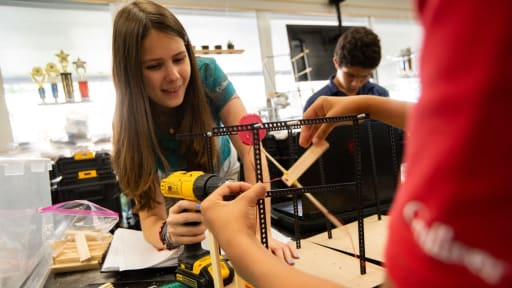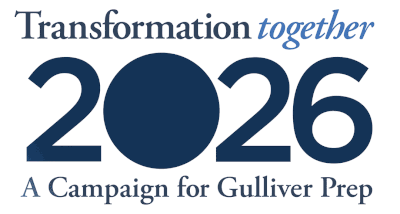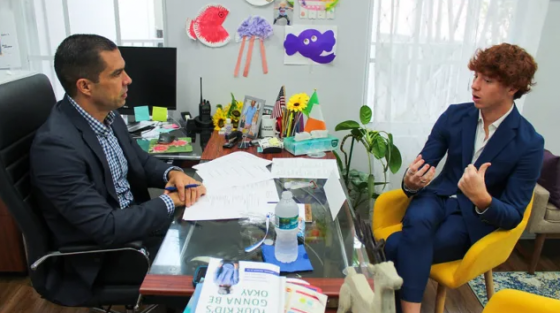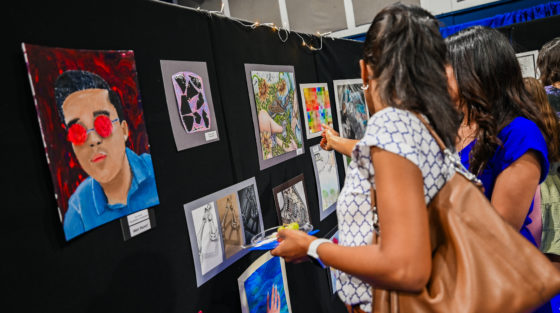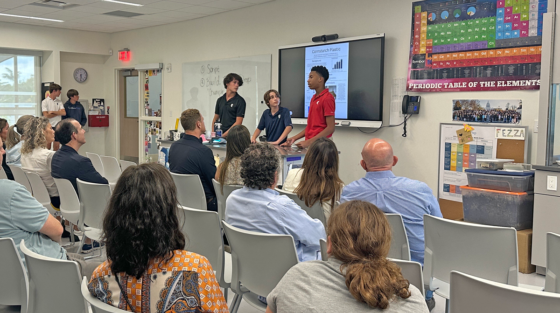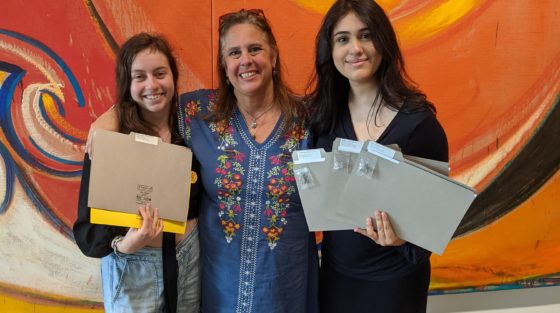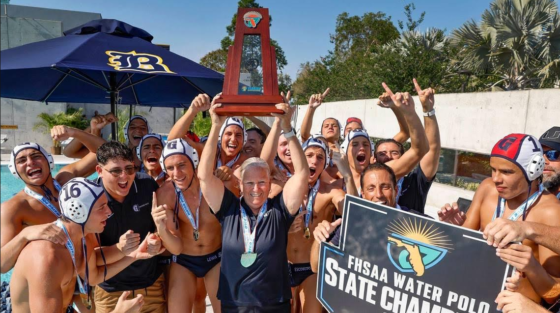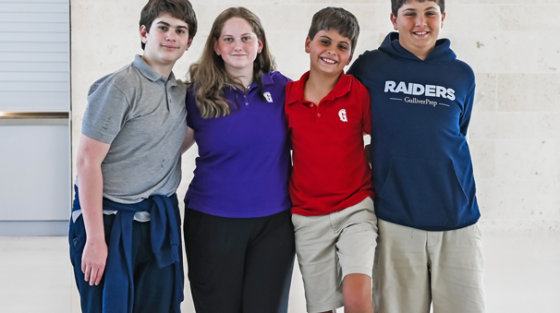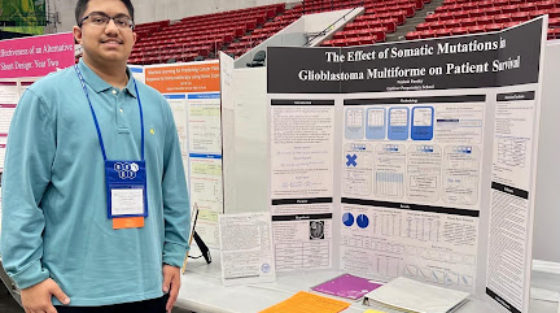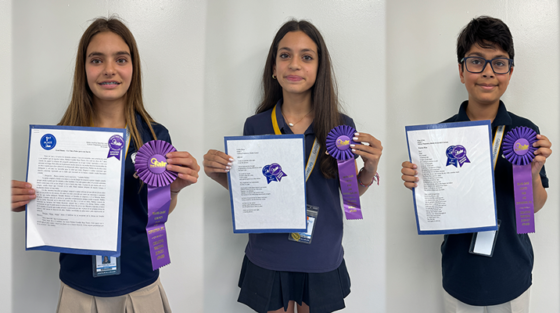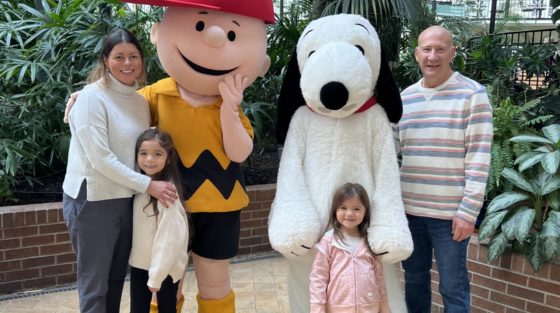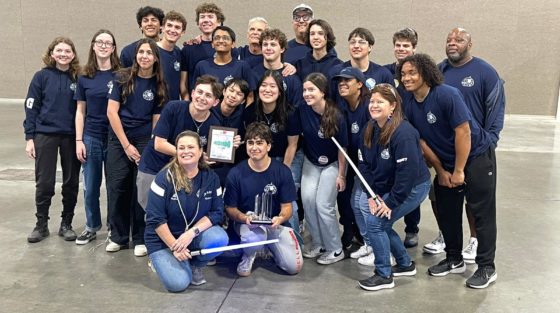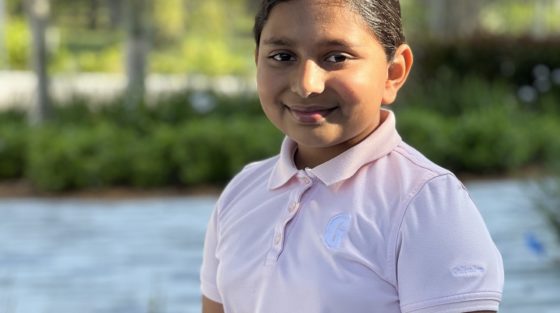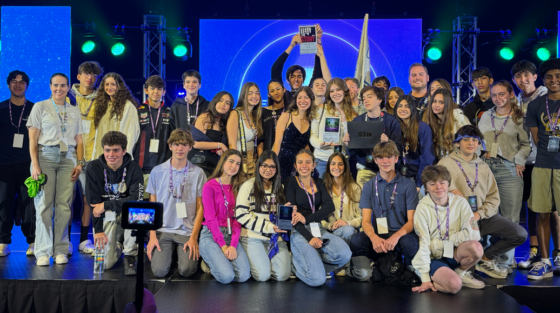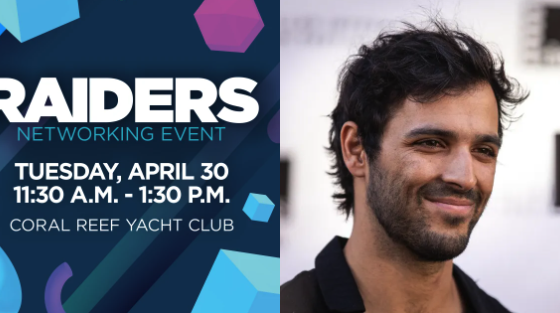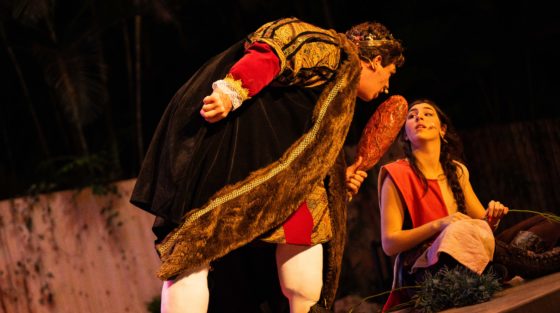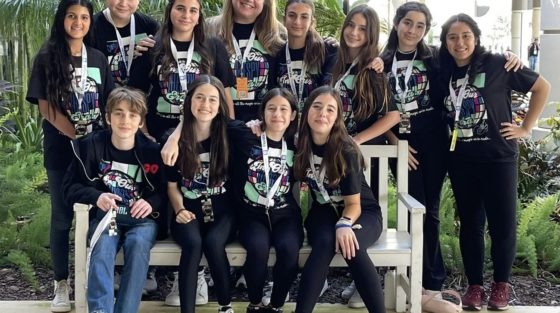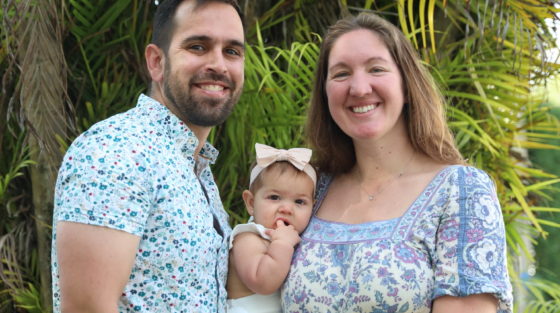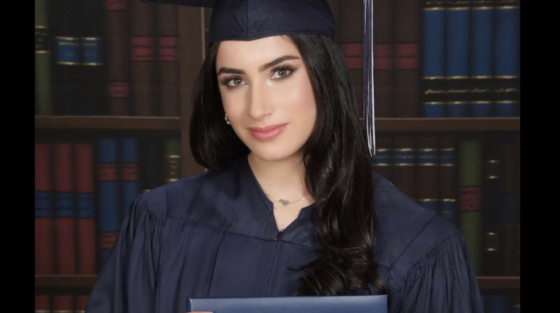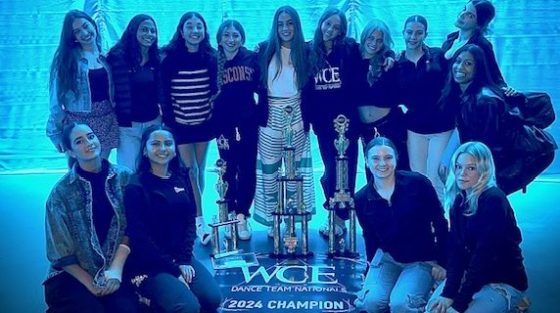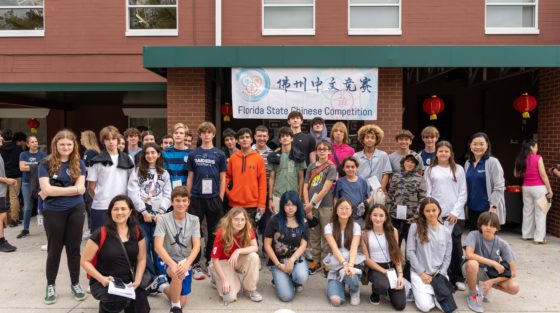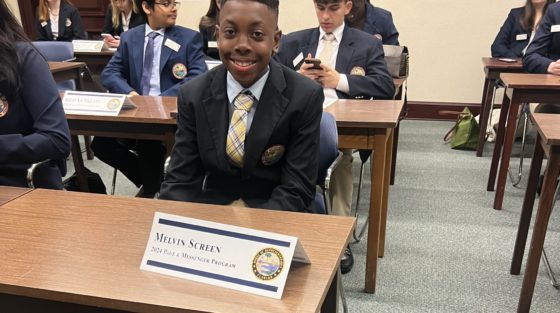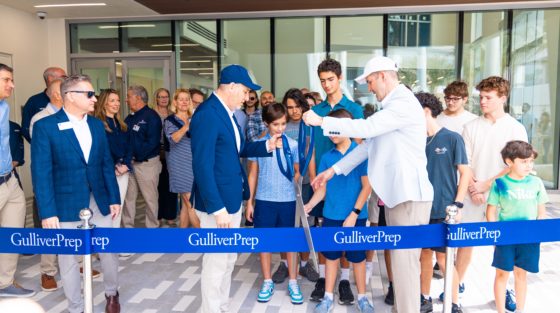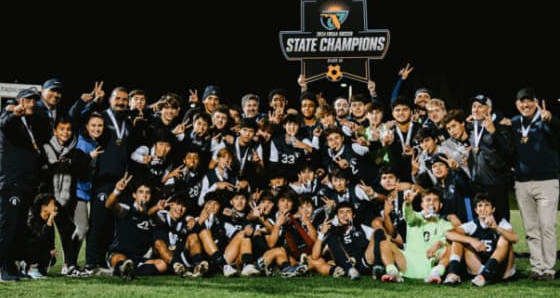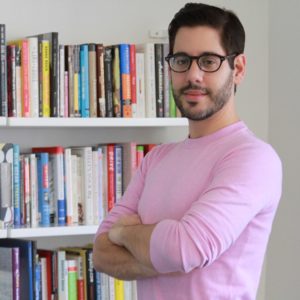
This past spring, Dr. Michael Kokozos, Upper School International Baccalaureate Faculty, was selected to participate in The New York Times Teaching Project, a program created to bring a community of educators together to share ideas and best practices and to develop projects that use Times resources in imaginative ways. Chosen from hundreds of applicants, Dr. Kokozos was one of 60 teachers from across 29 states to attend the program’s virtual summit this summer.
Read on to learn more about Dr. Kokozos’ involvement with The Times, his curriculum project on virtual activism, how he plans to implement new ideas in the classroom at Gulliver Prep, and more.
Q: When did you start teaching with The Times, and what prompted you to get involved?
A: I started teaching with The Times when I started working at Gulliver as an IB Global Politics instructor. I found the visuals and stories complementary to the course, which relies heavily on a case study approach. I wrote a piece for The Times too, which then clued me in to the launch of the initiative. I welcomed learning even more ways to teach with The Times, such as through their series, What’s Going On in This Graph? and What’s Going On in This Picture?, inviting students to analyze data and discuss their analyses live.
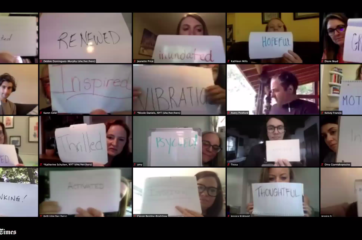
Q: Why do you think bringing the mission of The Times to school communities is so important?
A: The Times mission – we seek the truth and help people understand the world – is emblematic of the importance of fostering mutual understanding more than ever before with increased travel abroad before college and access to a world of information through the Internet. With so much change, it behooves school communities to extend that commitment by also fostering international collaboration and global awareness. The IB understands that; Gulliver understands that and has been a leader in putting learning in that context.
Q: As part of the program, teachers were asked to develop a curriculum project that meets the needs of their students, school, or community, based on a related NYT source. How did you decide on your project, The Virtue Project: Rethinking Virtual Activism?
A: I had been thinking about civic virtues a lot last year: compassion, citizenship, stewardship. Compassion had been an effective concept for the students to work through the complexities of injustice at the heart of global politics. That, and Gulliver’s efforts to prioritize character education and the pandemic made me think about a project that could leverage the Internet as a space for service through responsible and conscientious facilitation.
Q: Can you explain The Virtue Project: Rethinking Virtual Activism?
A: The project recognizes that the Internet more than ever before is being used/can be used by students to create, connect, and collaborate with a local-to-global audience. First, we must consider how we can use the Internet to be responsible and ethical in a “digital age” especially given that my students are expected to complete an IB assessment experientially that typically happens face-to-face. Then, how can we apply what we learn from discussion and case studies to inform our virtual political participation?
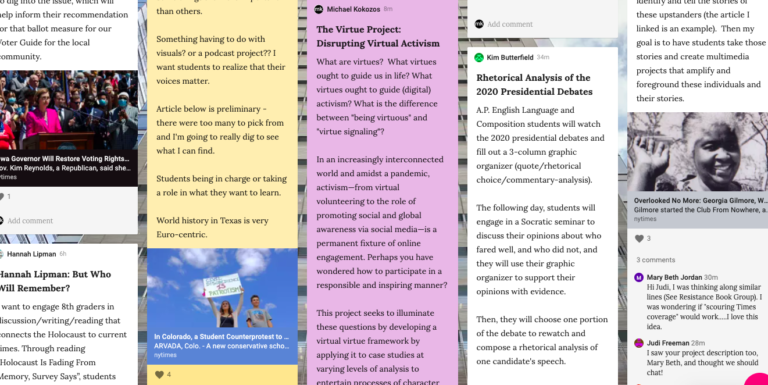
Q: What was your favorite part of the virtual institute and why? How do you think having to do this virtually as opposed to in-person benefited the group?
A: My favorite part of the institute was learning about the behind-the-scenes coverage of the pandemic and Black Lives Matter. Journalists expressed how critical it is to tell a story that is driven by narrative, data, and visuals and it inspired me to consider how similar facets can be adopted in the classroom by designating roles like photojournalist, data visualizer, and investigator. The virtual institute benefited all of us by modeling expectations for a new year beginning with remote learning: we could witness a class act of Times educators incorporate icebreakers, guest speakers, and discussion in an organic, engaging manner.
Q: What is something you learned during the virtual institute that you will implement right away in your classroom?
A: I plan to use the 2019-2020 Student Opinion questions as icebreakers. Last year, they raised 177 questions “explor[ing] everything from family, school, and friendships to race, gender, and social media.” I plan to use these prompts to not only inspire debate and persuasive writing but to stimulate a thoughtful, caring classroom climate.
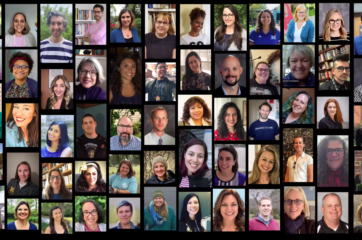
Q: What’s next?
A: We will be networking throughout the year to learn about the successes and challenges of each other’s projects as well as continue to learn more about The Times in action. The goal is to come together when the pandemic subsides to meet new friends face-to-face and to consider how to improve upon the initiative moving forward.
To learn more about The New York Times Teaching Project, click here.
